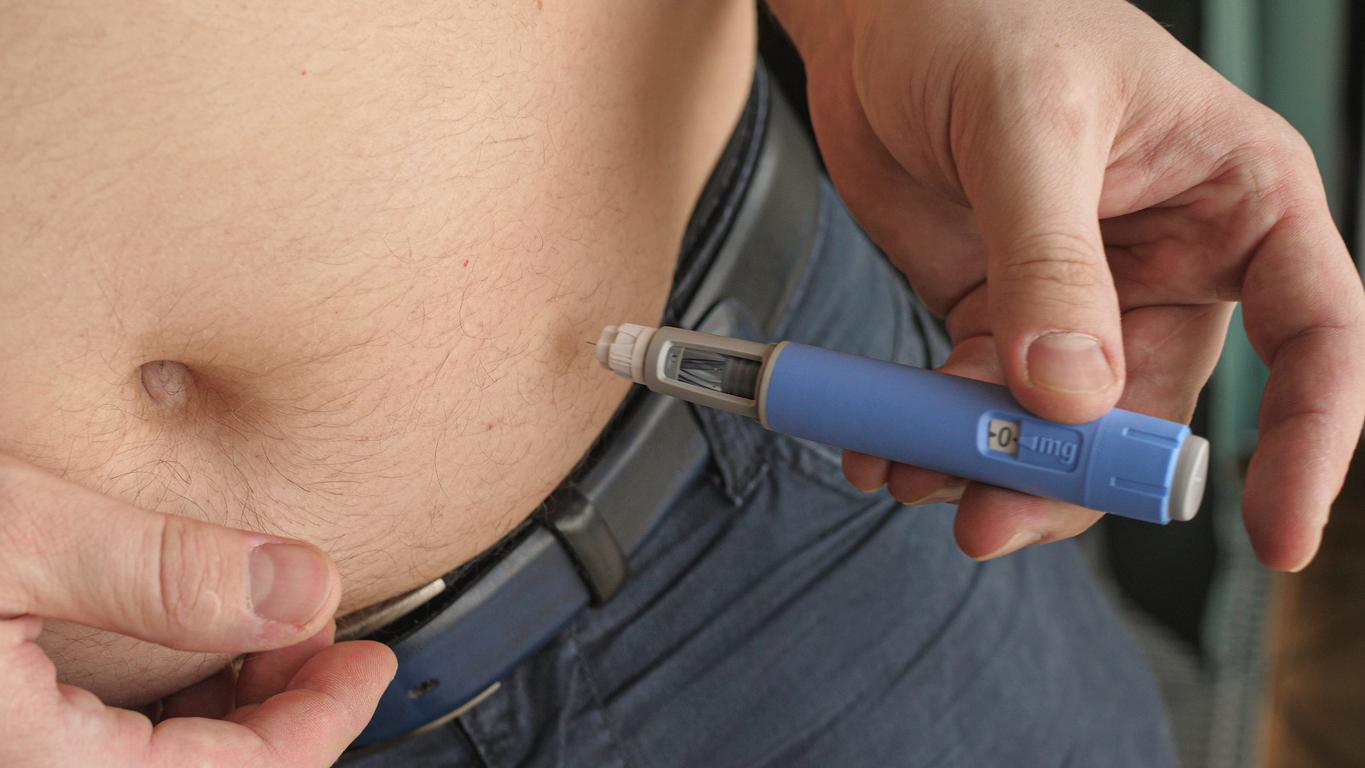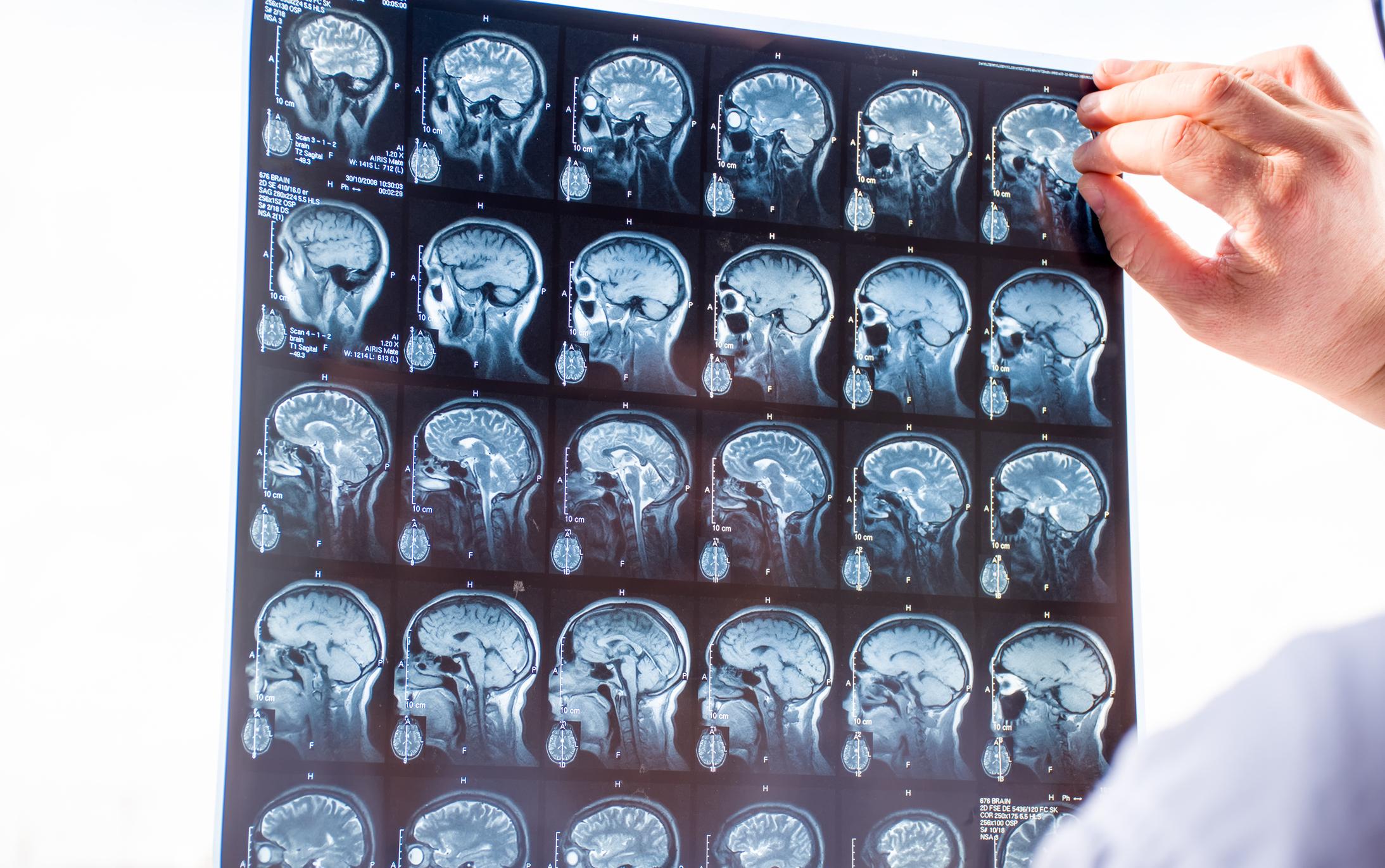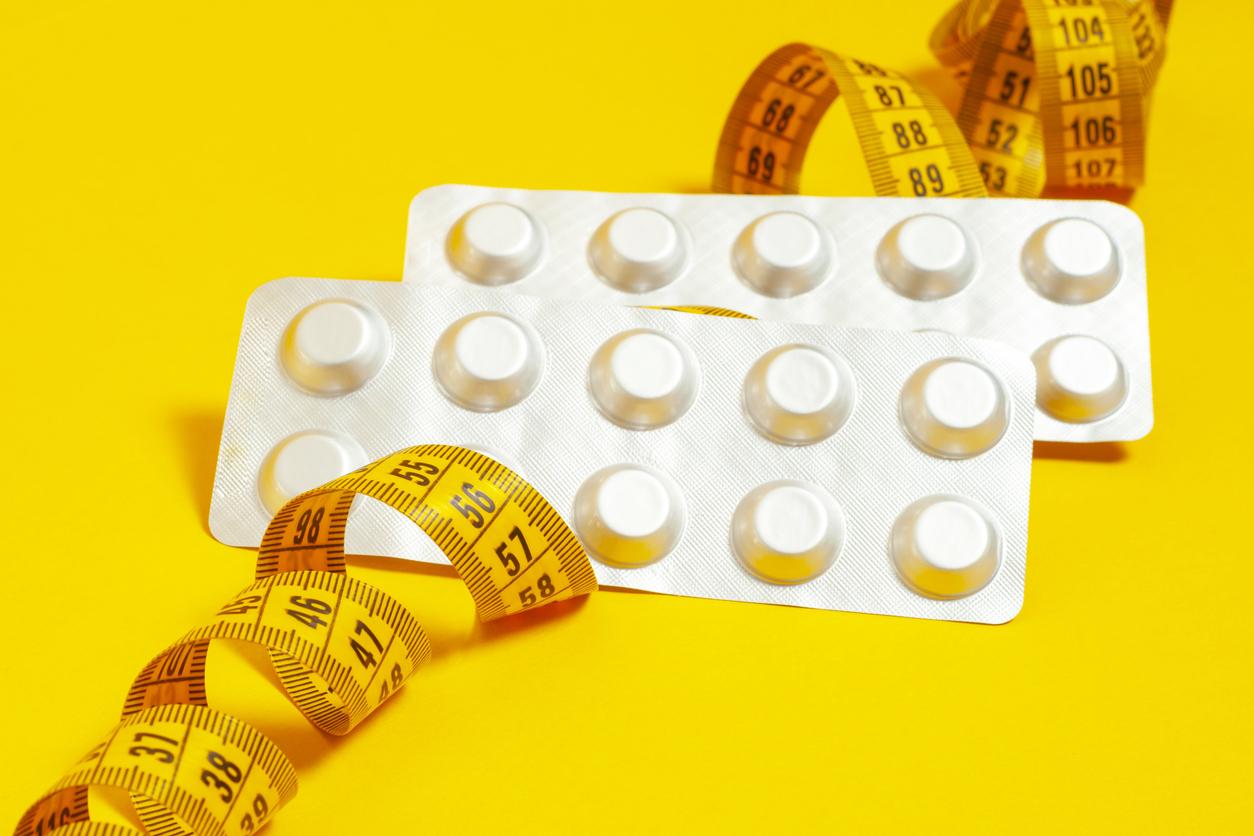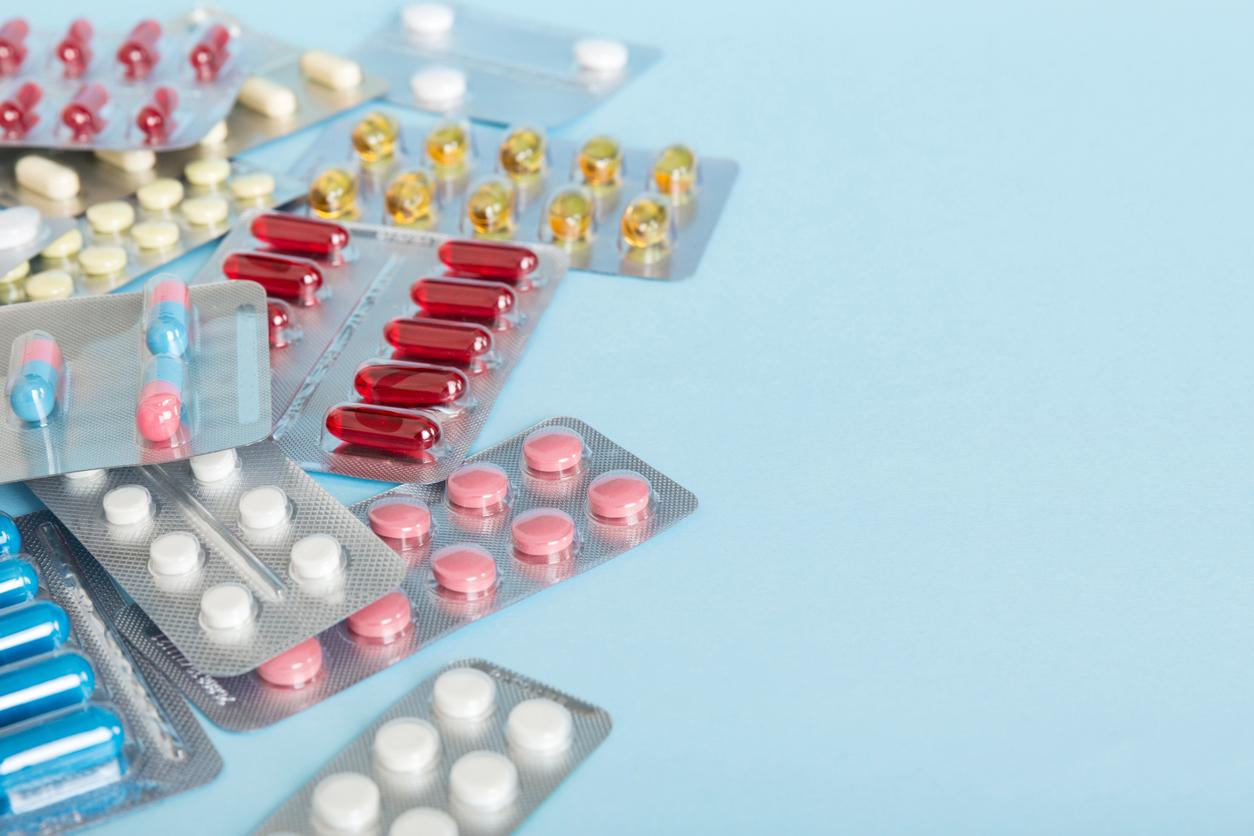Researchers have developed a device that mimics human blood vessels that could revolutionize the development and testing of new drugs, while reducing animal testing.
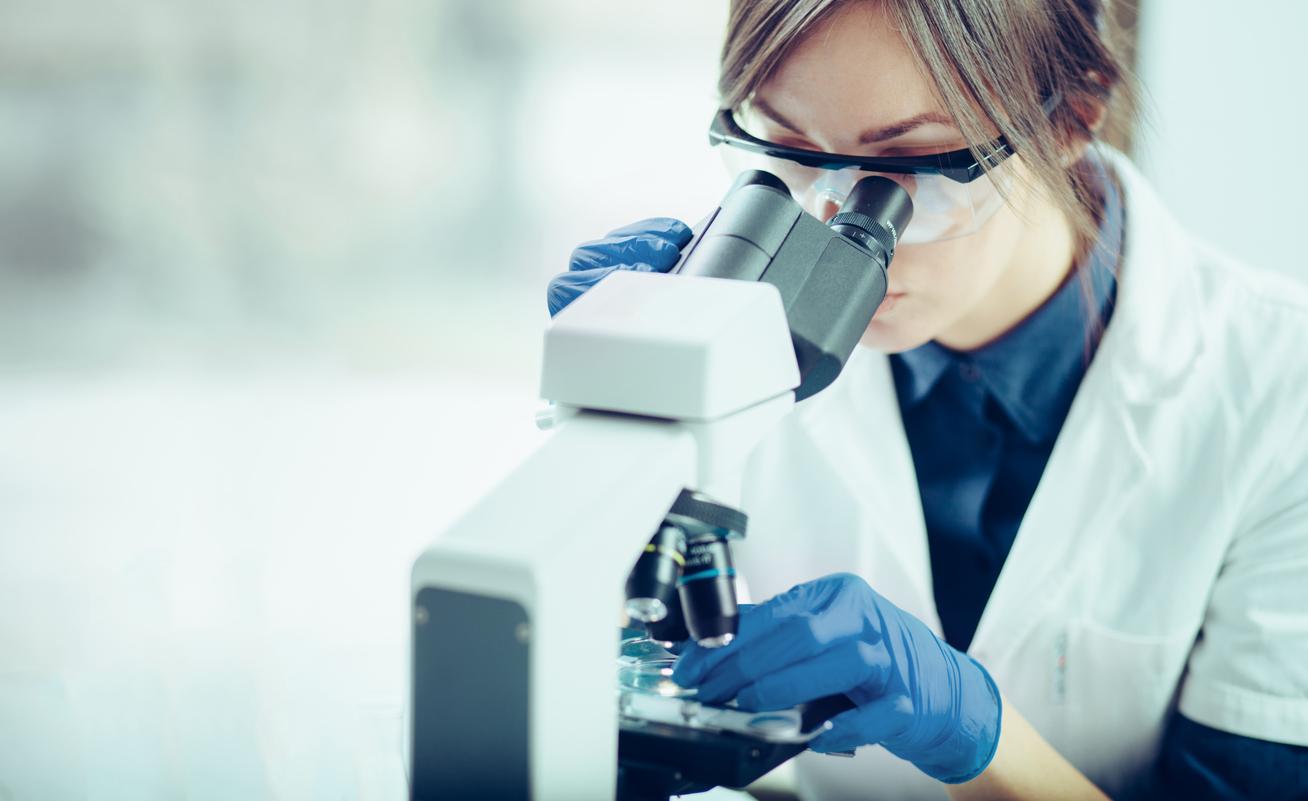
- Researchers at the University of Sydney have created a transparent microchip that mimics vascular damage caused by high blood flow and inflammation, a precursor to the development of heart disease.
- This technique allows scientists and doctors to perform tests quickly and easily in the laboratory.
- “Innovations like this in organ-on-a-chip technology are crucial to potentially benefit millions of people around the world by enabling faster and more cost-effective drug development without the need for animal testing,” said Professor Waterhouse.
When medicine and technology come together, the feats seem endless! After the creation of a vagina on a chip to better study certain vaginal infections and find treatments, it is now the turn of our blood vessels to be transposed onto a microchip. Behind this new technological advancement, there is a team of scientists from the University of Sydney who have published two articles to talk about it, here And thereThe researchers hope that the results of these two studies will allow the microchip developed in the biomedical field to be used to model human organs and diseases.
A transparent microchip that mimics vascular lesions
This microchip is transparent and mimics vascular damage caused by high blood flow and inflammation, a preliminary step in the development of heart disease. This device offers a more precise understanding of how blockages occur at specific locations in blood vessels.This is an incredible breakthrough because we took advantage of the fact that these microchips are made from a transparent material, and we mimicked the conditions in the coronary artery, which supplies blood to the heart muscle, and imaged them under a microscope to map areas of cell damage that were similar to the locations of blockages in patients with heart disease.”, explains Associate Professor Anna Waterhouse from the Charles Perkins Centre and the Nano Institute at the University of Sydney.
A more precise device than an animal model
The other advantage of this microchip is that it could significantly reduce animal testing.If we use an animal model, we are not able to see changes at this level of detail in a living organism, because we cannot see through the vessels”, explains the expert.
Blood vessel on a chip: how does this technology work?
This blood vessel-on-a-chip mimics the structure and function of human blood vessels by etching tiny channels into which human cells are placed to grow. This technique allows scientists and doctors to perform tests quickly and with very little liquid. It is therefore more reliable, simpler to manage and also more cost-effective for the laboratory.Innovations like this in organ-on-a-chip technology are critical to potentially benefit millions of people around the world by enabling faster and more cost-effective drug development without the need for animal testing.“, says Professor Waterhouse.
What now? The teams are now working to integrate new types of vascular cells to mimic human vessels even better, and to add fats to simulate cholesterol accumulation.We want to further our research by testing devices that simulate complex interactions within human organs, allowing us to reproduce more advanced stages of diseases, such as severe heart disease or advanced cancer.”, concludes the specialist.











